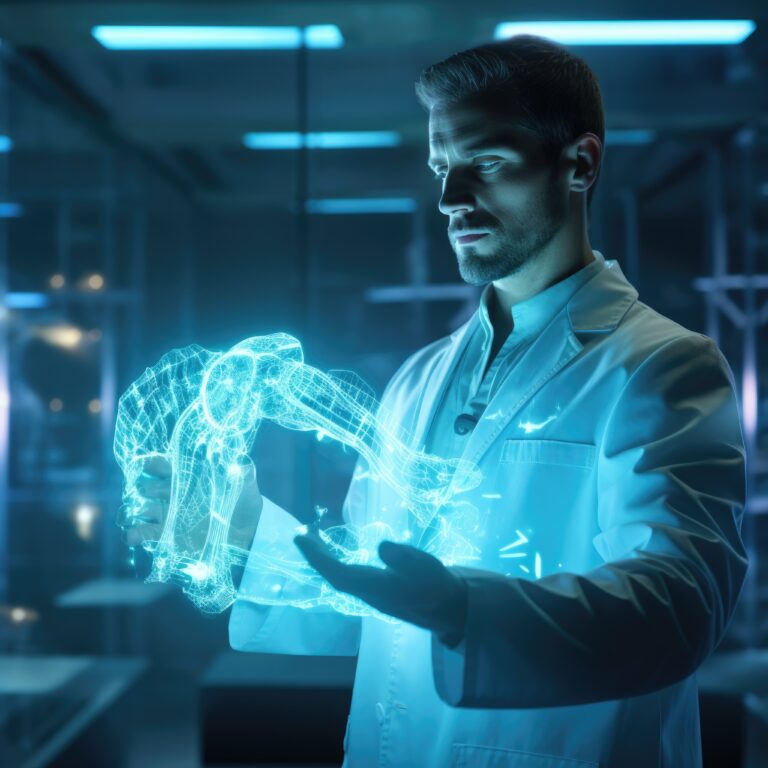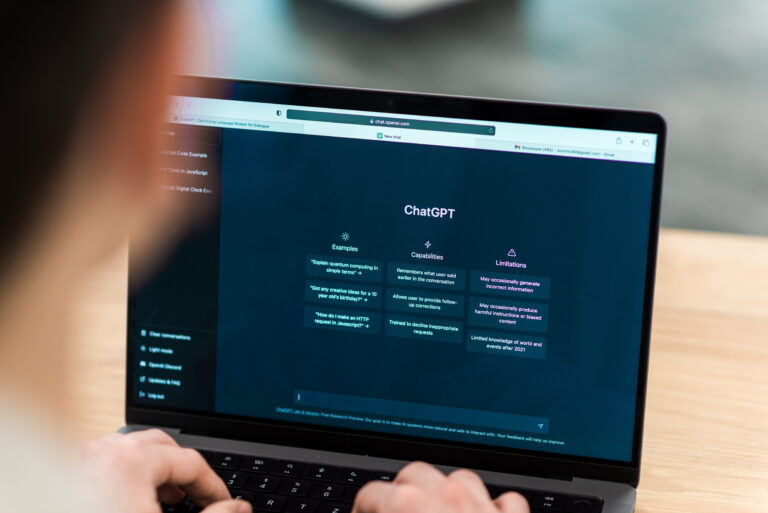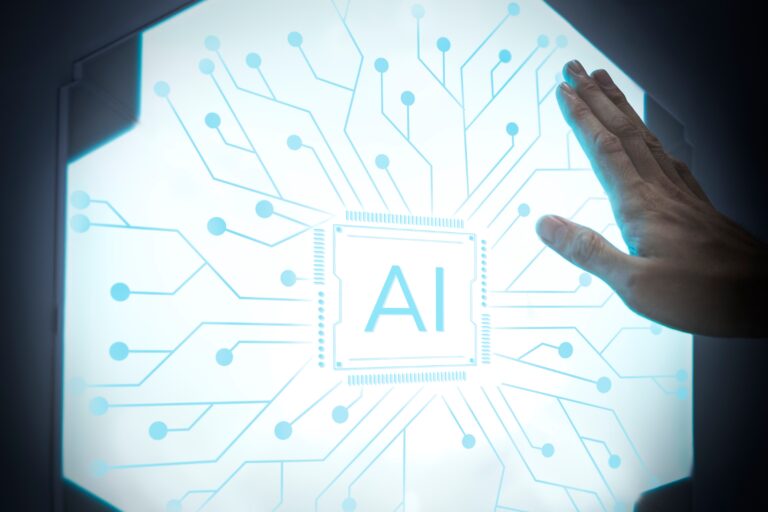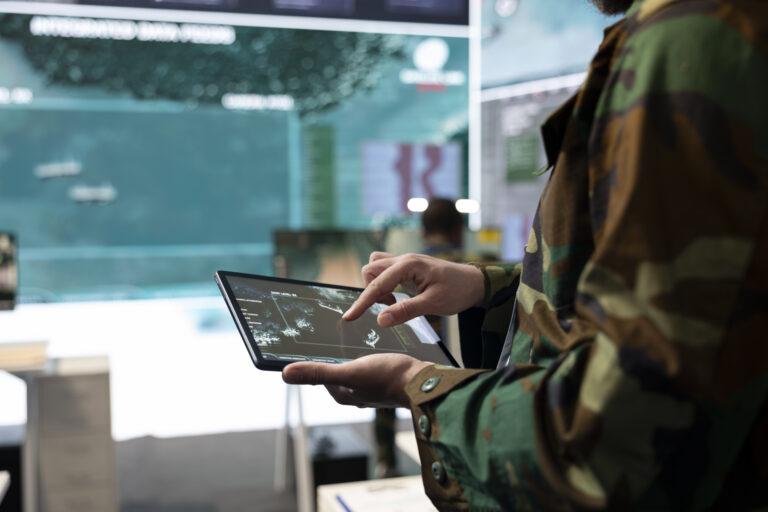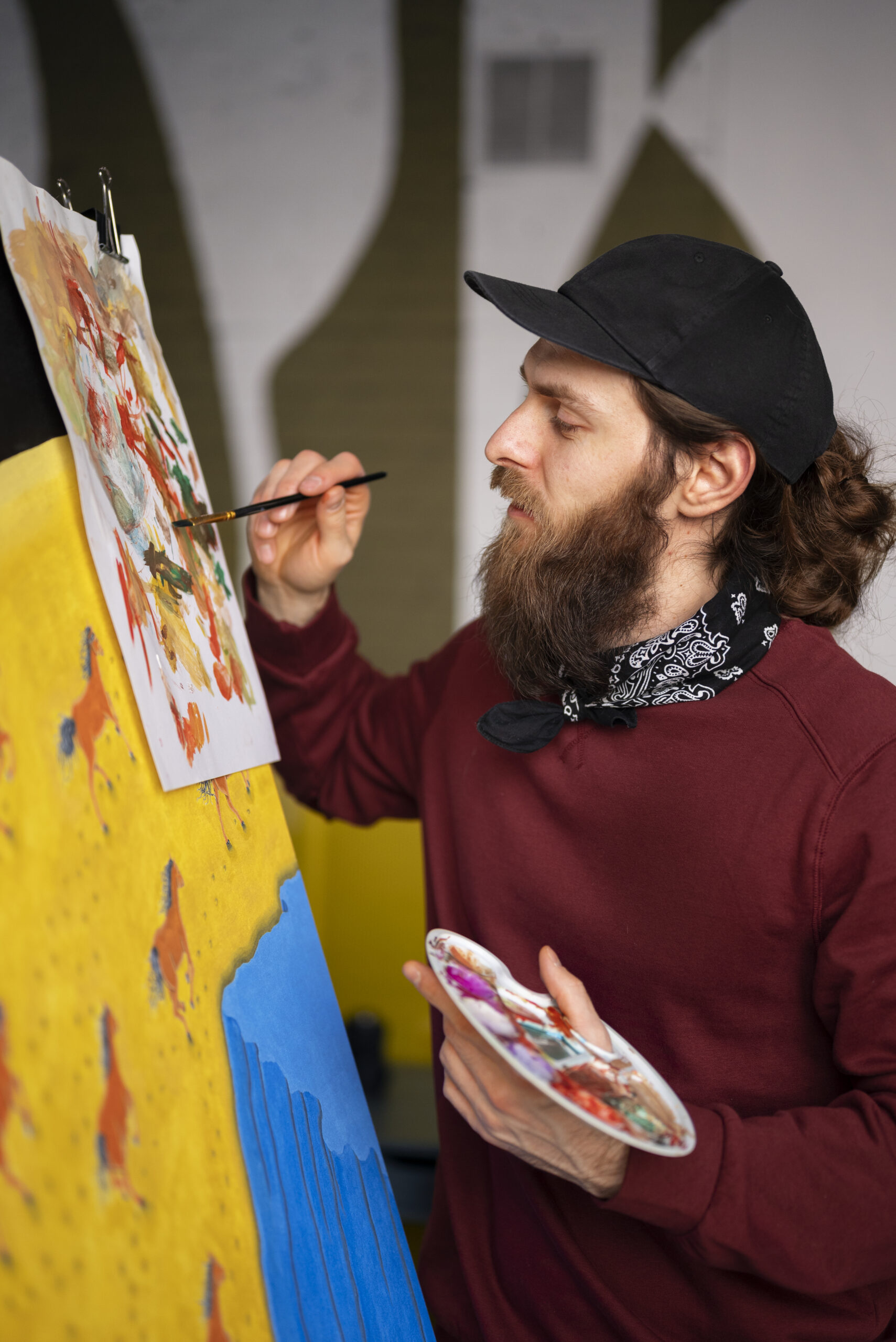
Introduction
Art has always been humanity’s most intimate mirror. Every brushstroke, every lyric, every photograph carries the imprint of emotion, experience, and soul. Yet today, that mirror is being blurred by something new — algorithms capable of creating images, music, and stories in seconds. For many artists, this technological revolution feels less like inspiration and more like invasion.
Across the world, artists are demanding laws that protect their works from unauthorized use by artificial intelligence systems. Their voices echo through galleries, recording studios, and digital platforms alike, calling for one simple thing: respect — respect for human creativity in an age when machines can imitate it.
The Rise of AI-Created Art
Over the past few years, AI-driven platforms such as Midjourney, DALL·E, and Stable Diffusion have revolutionized creative production. With just a few words, anyone can generate an image that looks painted by a master, or a melody reminiscent of a beloved musician. Behind the beauty, however, lies an uncomfortable truth: these systems often learn from vast datasets that include millions of artworks, photographs, and recordings — many of them used without the creator’s consent.
To artists, this feels like silent theft. Their labor, style, and years of expression are being absorbed by algorithms that never asked permission. The result is not just imitation — it’s the automation of identity. A machine may not feel emotion, but it can replicate the outward signs of it, producing art that looks human while erasing the human who inspired it.
A New Kind of Creative Injustice
The ethical issue here is not about competition between humans and machines. It’s about consent, credit, and control. Painters, illustrators, writers, and musicians are discovering that their portfolios have been scraped into training datasets for commercial AI models. These systems then produce works that mimic their style — often sold or distributed online — while the original artists remain uncredited and unpaid.
In 2024, a group of visual artists, including Sarah Andersen and Kelly McKernan, filed lawsuits against major AI companies, accusing them of violating copyright laws by training their systems on protected works. Similar tensions have emerged in the music industry: voice-cloning technologies can now reproduce the sound of famous singers, prompting record labels and performers to demand legal safeguards.
The outrage is not about resisting progress — it’s about reclaiming authorship. Artists are not asking the world to stop using AI; they are asking for a world where AI respects their creations as part of a shared, ethical ecosystem, not as raw material to be consumed.
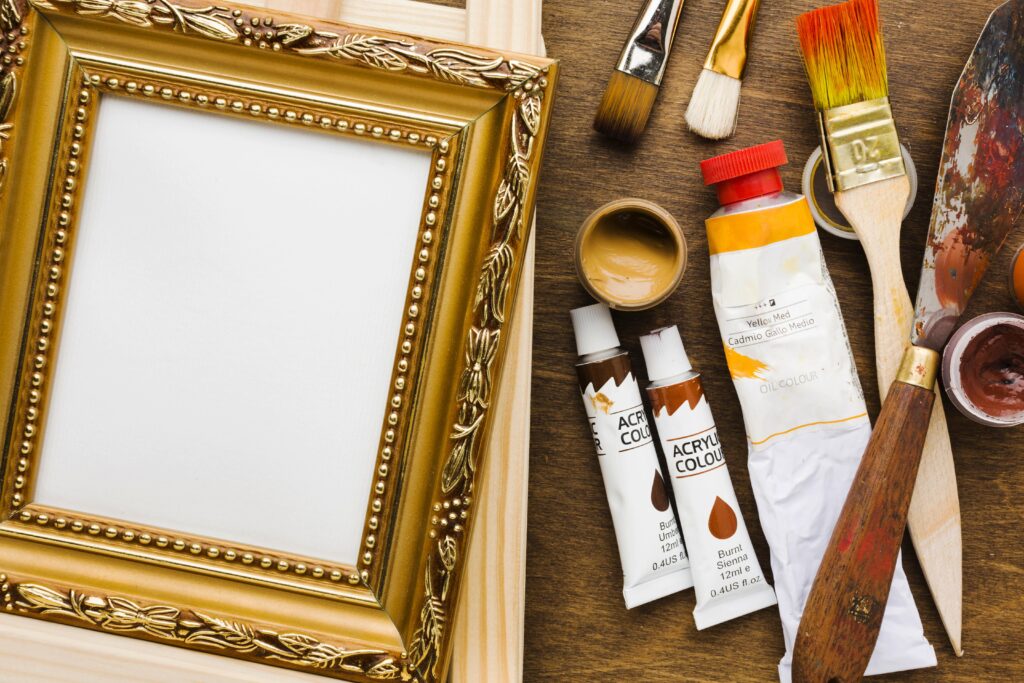
The Call for Regulation
The demand for protective legislation is growing louder. In the United States, the Copyright Office has begun reviewing how existing laws apply to AI-generated works. The European Union, through its upcoming AI Act, is considering strict transparency requirements, forcing companies to disclose the sources of their training data. Meanwhile, advocacy groups like The Content Authenticity Initiative, supported by Adobe, are developing technologies to watermark and track original works online.
Still, the legal landscape remains murky. Traditional copyright frameworks were designed for human authors — not for neural networks capable of blending millions of influences in milliseconds. The challenge now is to adapt the law to a reality where creativity is both human and synthetic, without extinguishing the spark that makes one different from the other.
According to the World Intellectual Property Organization (WIPO), a balanced approach is essential: one that protects creators’ rights while fostering innovation. This means defining not just who owns an AI-generated work, but also whose data and style were used to make it possible.
The Human Cost Behind the Digital Canvas
Beyond the legal battles, there’s a deeper emotional layer. Artists describe a feeling of being erased — of watching their individuality dissolve into an algorithmic sea. The irony is striking: in the pursuit of artificial creativity, we may be devaluing real human imagination.
For many, art is not just a product; it’s a form of storytelling, healing, and connection. When an AI generates a song “in the style of” a human artist, it may sound authentic, but it lacks the experience that gave the original its meaning — the heartbreak behind the melody, the childhood memory behind the color palette.
This emotional void is what makes the current moment so fragile. We are witnessing a redefinition of authorship itself, where the line between homage and exploitation becomes increasingly blurred. Without regulation, the creative world risks becoming a place where originality is endlessly recycled but never truly born.
Technology and Ethics: A Possible Harmony
Despite the tension, this doesn’t have to be a battle between humans and machines. Some artists are beginning to explore ethical collaboration with AI, treating it as a creative partner rather than a thief. They use AI to expand imagination, not replace it — to visualize dreams, not to copy styles.
The key lies in consent and transparency. Just as sampling laws transformed the music industry decades ago, new frameworks could ensure that AI systems credit and compensate the creators whose work they learn from. Platforms could be required to license datasets, share royalties, or allow artists to opt out entirely.
These are not radical demands; they are the foundation of a sustainable digital future. If we can align technology with human ethics, AI could become not a threat to creativity, but a canvas for shared expression — a space where code and emotion coexist without exploitation.
A Cultural Turning Point
The movement led by artists today is not only about intellectual property — it’s about the dignity of creation. It challenges us to redefine progress in terms of humanity, not just capability. Because art, in all its forms, is more than data; it is memory, struggle, and revelation.
In that sense, the protest is a moral act. It reminds society that creativity is sacred — not in a religious sense, but in a human one. It cannot be mined, copied, or compressed without losing something essential. Laws may protect ownership, but it is empathy that will protect meaning.
Conclusion
The demand for legal protection against the unauthorized use of creative works by AI systems is more than a copyright issue — it is a cultural awakening. It calls for a future where innovation honors imagination, and where technology amplifies, rather than replaces, the human voice.
If we listen to the artists — those who have always been the first to feel the tremors of change — we may yet find balance. Artificial intelligence can paint, compose, and write, but it cannot dream. And perhaps that is where our hope lies: in the quiet, irreplaceable space where the human heart creates what no machine can truly understand.
